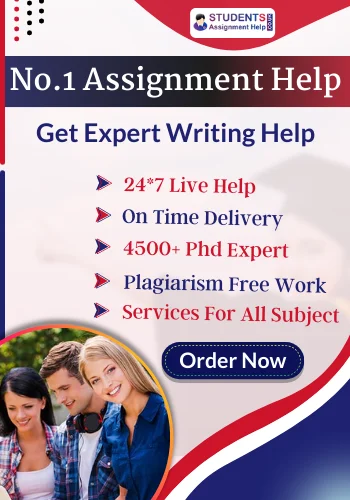- OTHM Level 5: J/650/1143 Research Methods in Health and Social Care
- Feasibility Study for Night Moves: Event Logistics at Finsbury Park, Assignment 2
- EU Law: Dominant Undertakings & EU Four Freedoms – Legal Implications and Market Impact
- BTEC Level 3 Unit 19 Analogue Electronic Devices and Circuits, Assignment 2
- OTHM Level 5 Unit 2 T/650/1139 Managing the Safeguarding and Protection of Vulnerable Individuals
- Legal Analysis of Negligence Claim Against SamsTech for AI Chatbot Errors
- FINA 1007 Research Methods: Assessment Guide & FAQs
- Mathematical Methods in Physics Assignment Question
- Unit 5048 J/650/2990 Sensors and Automation BTEC Level 5
- Transport for London (TfL) Cycle Data Analysis Project – Programming & Data Science
- Sport Coaching Portfolio: Safe, Ethical, and Effective Practices – Assessment 2
- K/507/1406 HSC CM1 Unit 1 Equality, diversity and rights in health and social care, NCFE CACHE Level 3
- MS420/MS508 Advancing Sustainable Development Goals (SDGs) through Business Practices
- C1808 Unit 500 Understanding Leadership and Management in Adult Care – Theories, Styles & Best Practices
- Level 5 Leadership and Management in Adult Care Unit 17, Unit 18 & Unit 16
- Donald Trump’s Statement on South Africa: Economic and Health Impacts
- Level 3 Certificate in Assessing Vocational Achievement (CAVA)
- H/615/1488 Unit 4014: Production Engineering for Manufacture, BTEC Level 4
- CIPD Level 7CO02 People Management: Strategy, Engagement & Technology
- Unit 6: HND Construction Management – Architectural Design and CAD Standards
CIPD5 Organisational Performance and Culture assessment
Questions
To complete the task, you should be able to provide a written response to each of the questions below, making appropriate use of academic theory and practical examples to expand your response and illustrate key points.
- Evaluate the advantages and disadvantages of both divisional and matrix structures. Within the evaluation, you should include the reasons underpinning each structure. (AC 1.1)
- Analyse the extent to which the organizational strategy in your organization (or an organization with which you are familiar) helps to ensure products or services meet customers’ needs. (AC 1.2)
- Analyse the current impact of interest rates, inflation and one other external factor on your organisation (or one with which you are familiar). Identify organisational priorities arising from your analysis. (AC 1.3)
- In February 2024, Peter Cheese, current CEO of CIPD stated, “AI is transforming jobs, careers and workplaces. People professionals have a key role to play in encouraging safe experimentation and rapid learning, so that we can reap the benefits and mitigate the risks.” Assess the extent that AI is, or could be, used in your organisation (or an organisation with which you are familiar) and assess how AI impacts work. (AC 1.4)
- Explain Charles Handy’s model of organisational culture and explain David Rock’s SCARF theory. (AC 2.1)
- Assess how employee selection or employee development impacts organisational culture and behaviour in your organisation (or one with which you are familiar). (AC 2.2)
- An organisation is planning a change relating to hybrid working. Many employees moved to home working during the Covid-19 pandemic. Whilst this approach worked well at the time, the organisation now wants all employees to work at least two days a week on site. Explain how Kotter’s approach to managing change could be used to successfully implement this change. (AC 2.3)
- Using the Kubler-Ross change curve, discuss how change is experienced. (AC 2.4)
- The CIPD’s Health and wellbeing at work survey 2023 found the percentage of organisations that have a standalone wellbeing strategy has risen from 40% in 2018 to 53% in 2023. Although the percentage has increased, this means that 47% of organisations do not have a standalone wellbeing strategy. Assess the importance of wellbeing at work and assess how good work could impact wellbeing. (AC 2.5)
- Provide a brief overview of the employee lifecycle and discuss people practice roles at the recruitment, development and separation stages of the lifecycle. (AC 3.1) 11. Analyse how people practice supports organisational strategy through vertical integration and how people practice supports wider people strategies through horizontal integration. (AC 3.2)
- An organisation is planning to introduce a four-day working week. Discuss the processes the people function could use to consult and engage with managers and employees to understand their needs when moving from a five-day to four-day working week. (AC 3.3)
Do You Need Assignment of This Question
Answer



